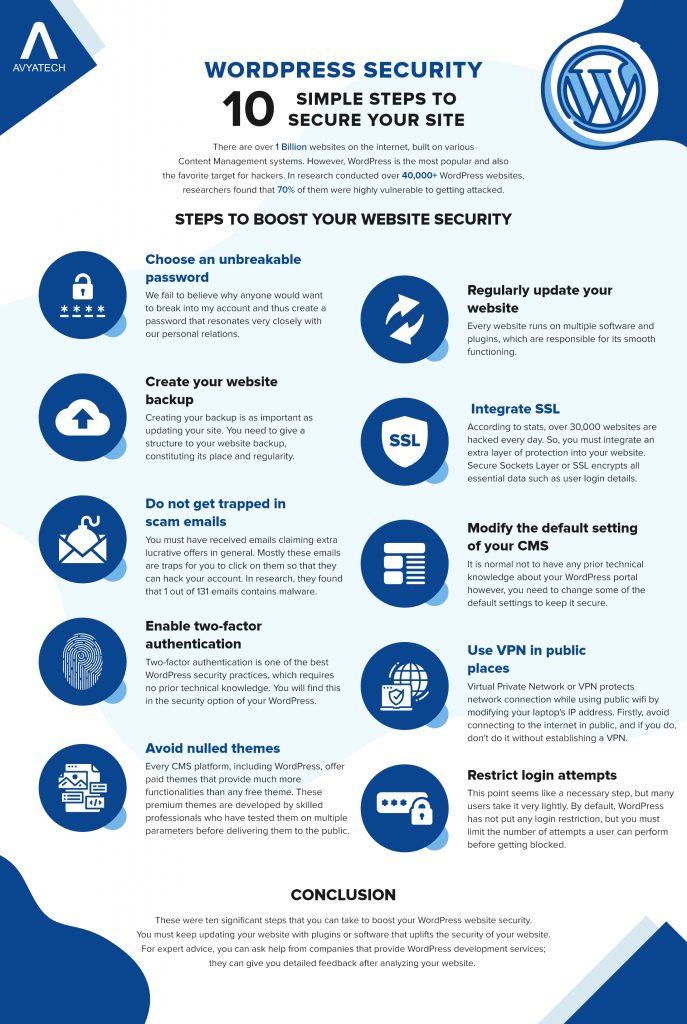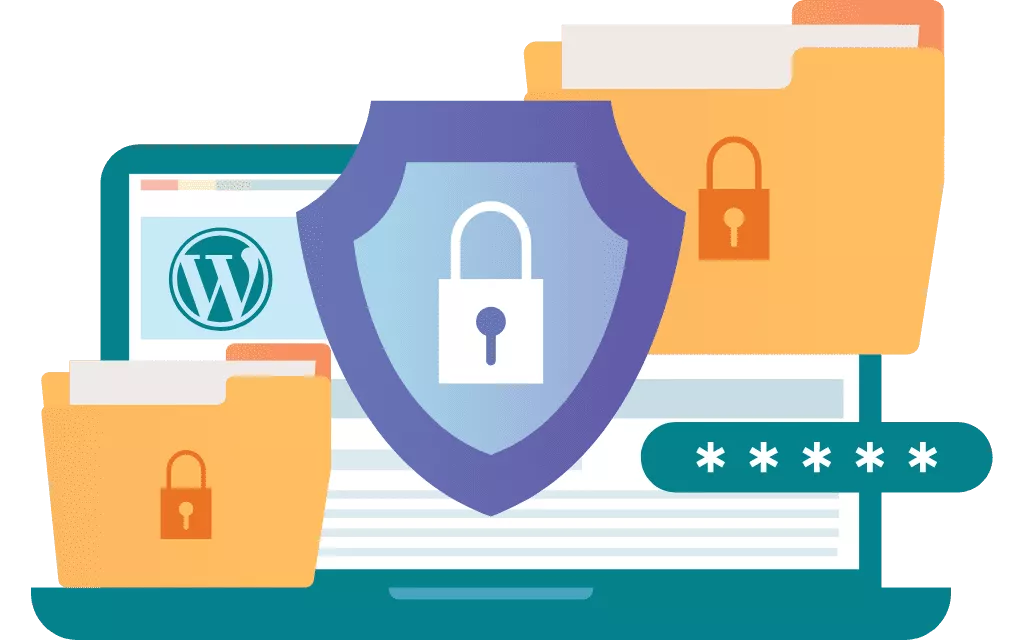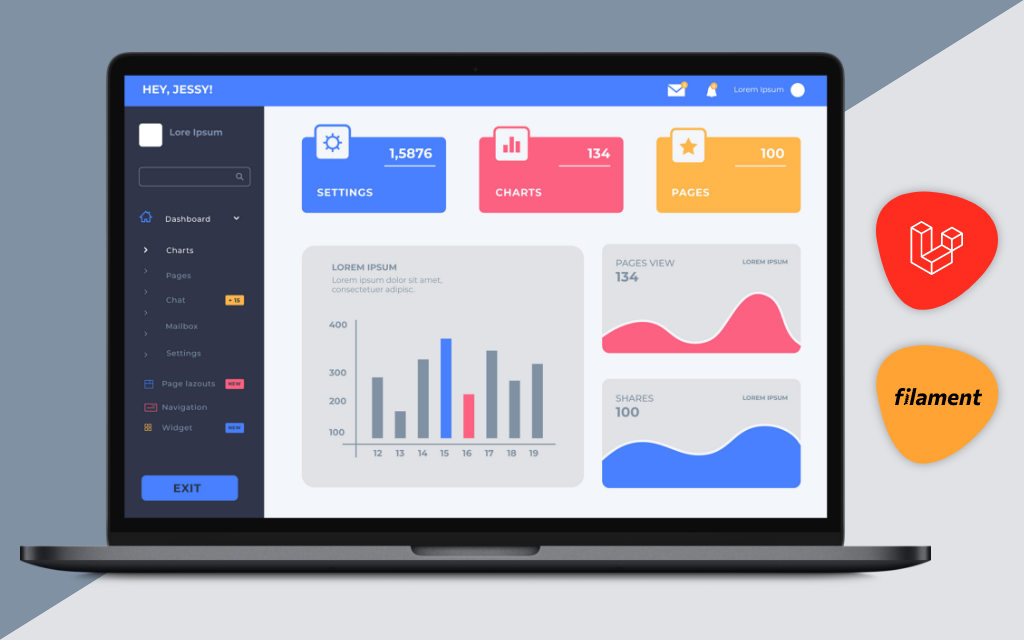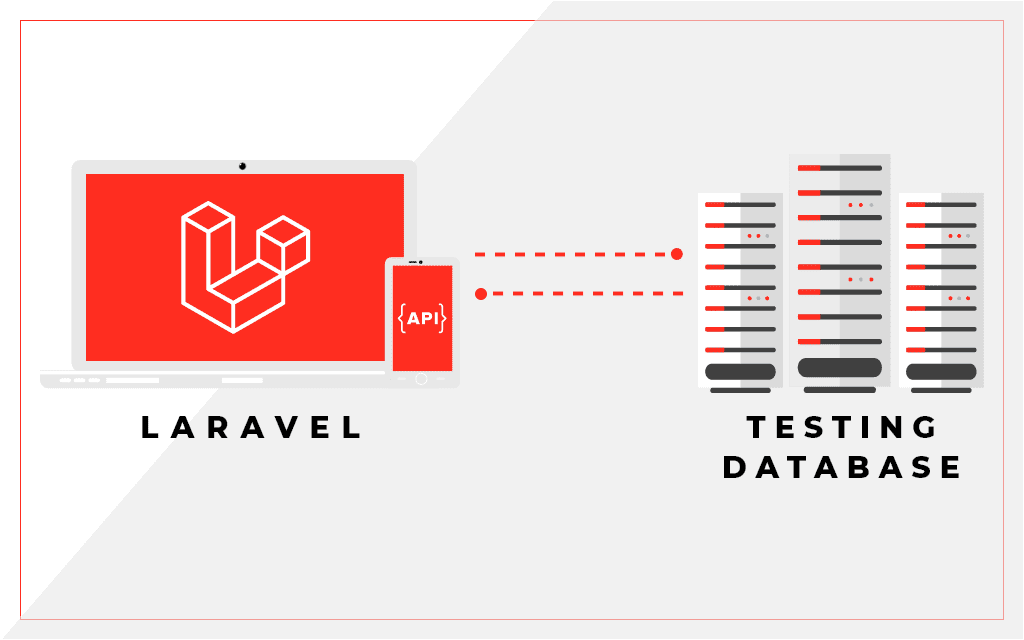- Steps to boost your website security
- Step 1. Choose an unbreakable password
- Step 2. Regularly update your website
- Step 3. Create your website backup
- Step 4. Integrate SSL
- Step 5. Do not get trapped in scam emails
- Step 6. Modify the default setting of your CMS
- Step 7. Enable two-factor authentication
- Step 8. Use VPN in public places
- Step 9. Avoid nulled themes
- Step 10. Restrict login attempts
There are over 1 Billion websites on the internet, built on various Content Management systems. However, WordPress is the most popular and also the favourite target for hackers. In research conducted over 40,000+ WordPress websites, researchers found that 70% of them were highly vulnerable to getting attacked. And the leading cause of 90% of these attacks was human carelessness.
WordPress security seems like a complicated process, but it’s not. The following article will discuss some necessary measures that you can adopt to secure your website.
Steps to boost your website security

Step 1. Choose an unbreakable password
We fail to believe why anyone would want to break into my account and thus create a password that resonates very closely with our relations. This mistake makes your user portal highly vulnerable to cyber-attack. Statistics show that 90% of people can crack a password within 6 hours.
Firstly, avoid using passwords that are short and easy to crack, like 123456, 11111, abc123, etc. You must set up a passcode combining small and big letters, numbers, and special symbols. Do not mix your personal information with your password, and make sure not to share it with anyone.
Step 2. Regularly update your website
Every website runs on multiple software and plugins, which are responsible for its smooth functioning. However, with new technologies, these resources are continuously updated with advanced functionalities. It becomes vital for your website to go through upgradation with all these changes.
If you are using a website builder, the developers make these improvements, but in WordPress, you need to keep an eye on all the updates. Hackers significantly look for websites that are weaker and do not comply with the standards of WordPress security.
Step 3. Create your website backup
Creating your backup is as important as updating your site. You need to give a structure to your website backup, constituting its place and regularity.
Talking about the place, you need to create an offsite backup. Your backup should never be on the same server as your website. This step will help you retain all the information and save the website from any data loss. You can also opt for cloud storage, as these are easily accessible and safe. If not, you can go for specialized software like Sucuri and CodeGuard which offer a secure backup facility. Various WordPress plugins are available in the market, such as VaultPress and UpdraftPlus, to use as site backup.
Secondly, you need to decide the regularity of your website backup. You cannot do it just yearly or monthly. The ideal time would be once or twice a week; this will ensure that you do not lose data in case of any suspicious activity on your website. A WordPress security check is essential to ensure that your website runs smoothly without a hint of safety issues.
Step 4. Integrate SSL
According to statistics, over 30,000 websites are hacked every day. So, you must integrate an extra layer of protection into your website. Secure Sockets Layer or SSL encrypts all essential data such as user login details. To differentiate, a website with SSL starts with HTTPS; otherwise, it’s HTTP. Google has made it mandatory for site owners to add SSL to their web pages. Readers are pre-informed about the absence of SSL on a website. This information can affect your site ranking and increase your bounce rate.
SSL is provided free by many WordPress development companies when you purchase their website builder. Many hosting platforms include SSL integration in their plan. And, if nothing works out, you can opt for the free version of Let’s Encrypt.
Step 5. Do not get trapped in scam emails
You must have received emails claiming extra lucrative offers in general. Mostly these emails are traps for you to click on so that they can hack your account. In research, they found that 1 out of 131 emails contains malware. So, you need to be alert about these emails and avoid clicking any link that appears suspicious.
To secure your WordPress website from such attacks, you can opt for plugins like Akismet Anti-spam, WPBruiser, NoSpamNX, or Spam Destroyer. These are very effective blockers that will alert you in case of any suspicious emails or links.

Step 6. Modify the default setting of your CMS
It is normal not to have any prior technical knowledge about your WordPress portal however, you need to change some of the default settings to keep it secure. These settings will restrict particular actions that a person can perform on your WordPress portal. You need to identify who can “view,” “edit,” and “run” programs on your behalf.
Applying these changes will restrict the accessibility of any unknown person in your CMS portal. Another WordPress security tip would be to make separate groups according to different projects. These tips will narrow down the accessibility of the members.
Step 7. Enable two-factor authentication
Two-factor authentication is one of the best WordPress security practices, which requires no prior technical knowledge. You will find this in the security option of your WordPress. This security check ensures that every time a person logs into the website portal, they have to go through two security check layers. The first is the user ID and password, and the second could be any security check feature you approve.
You can check the user’s authority by asking them to fill in an OTP sent to their mobile number or add any other strong security question. Make sure you do not choose any simple questions like nickname, DOB, or surname; these are very weak to protect such a big platform.
Step 8. Use VPN in public places
Virtual Private Network or VPN protects network connection while using public wifi by modifying your laptop’s IP address. Firstly, avoid connecting to the internet in public, and if you do, don’t do it without establishing a VPN. Kaspersky’s report found that every 1 out of 4 networks is insecure and easy to hack.
These hackers can easily crack into a phone’s data and use it however they want. They can also take away all your personal or banking information, which can be further misused.
Step 9. Avoid nulled themes
Every CMS platform, including WordPress, offers paid themes that provide many more functionalities than any free theme. These premium themes are developed by skilled professionals who have tested them on multiple parameters before delivering them to the public.
However, free themes can cancel out, and hackers can easily crack through them. These are either made by unskilled coders or are a copy of any paid theme. Besides, premium themes are very inexpensive, and you can opt for them without doing a whole in your pocket.
Step 10. Restrict login attempts
This point seems like a necessary step, but many users take it very lightly. By default, WordPress has not put any login restriction, but you must limit the number of attempts a user can perform before getting blocked. Hackers mostly try to get through your user account by logging in multiple times.
However, if you restrict the login action, they will never get through it, and you will save your WordPress website from significant data loss. There are many login limit plugins in the market that you can install for your site.
Conclusion
These are ten significant steps that you can take to boost your WordPress website security. You must keep updating your website with plugins or software that uplifts the security of your website. For expert advice, you can ask for help from companies that provide WordPress web development services; they can give you detailed feedback after analyzing your website.





Leave a Reply